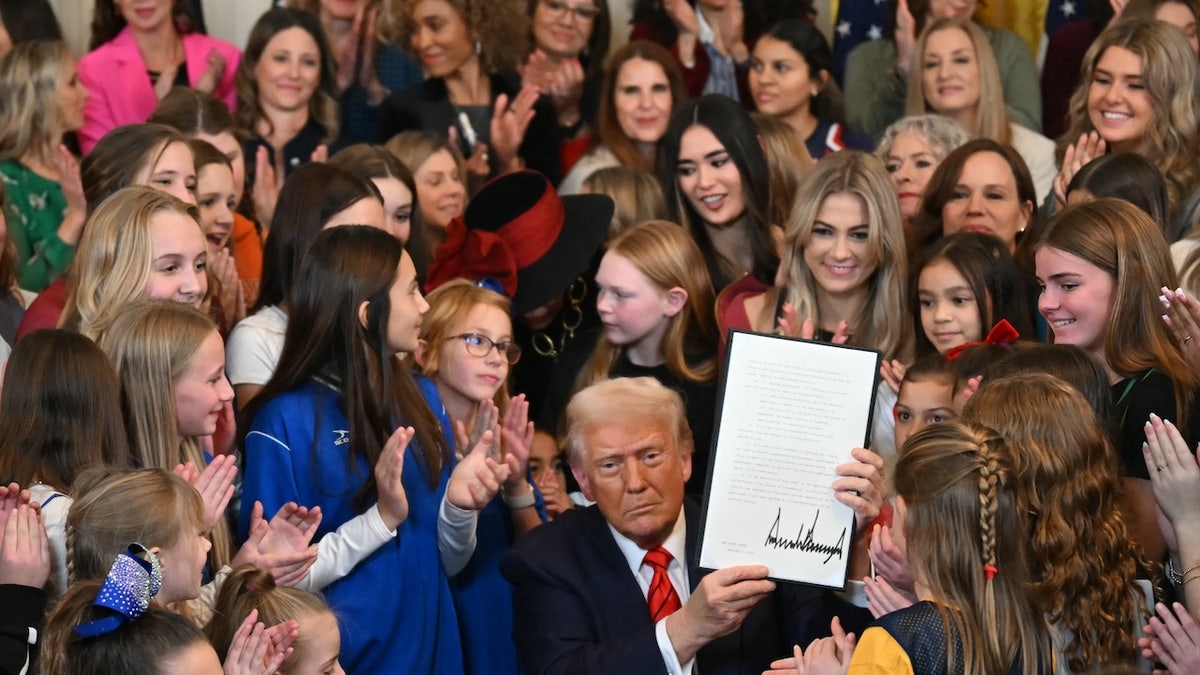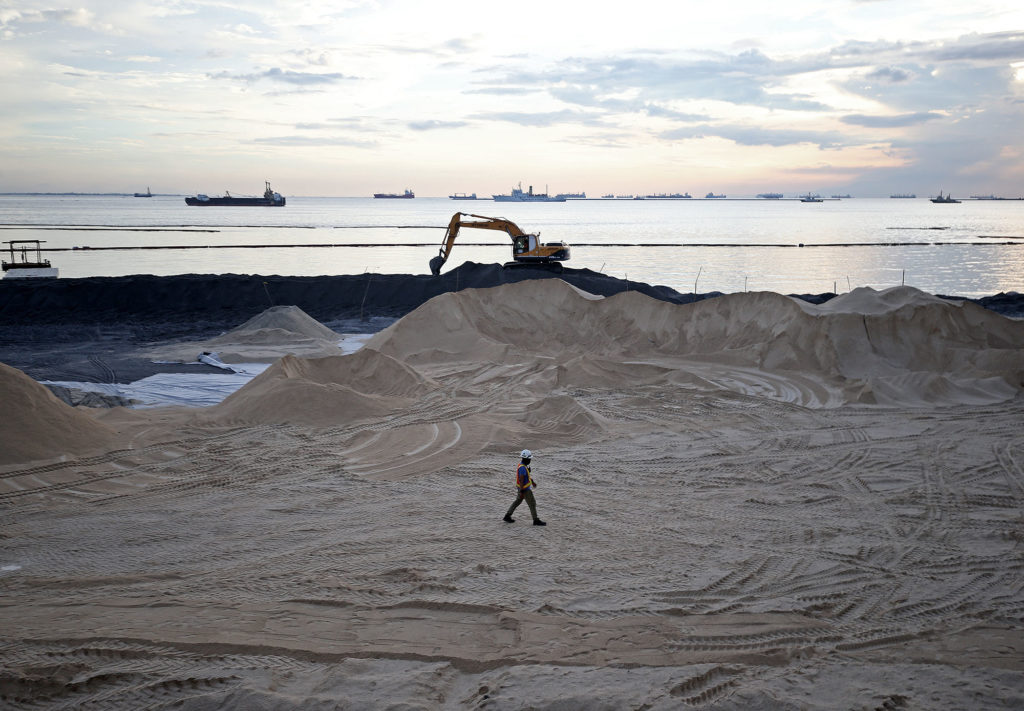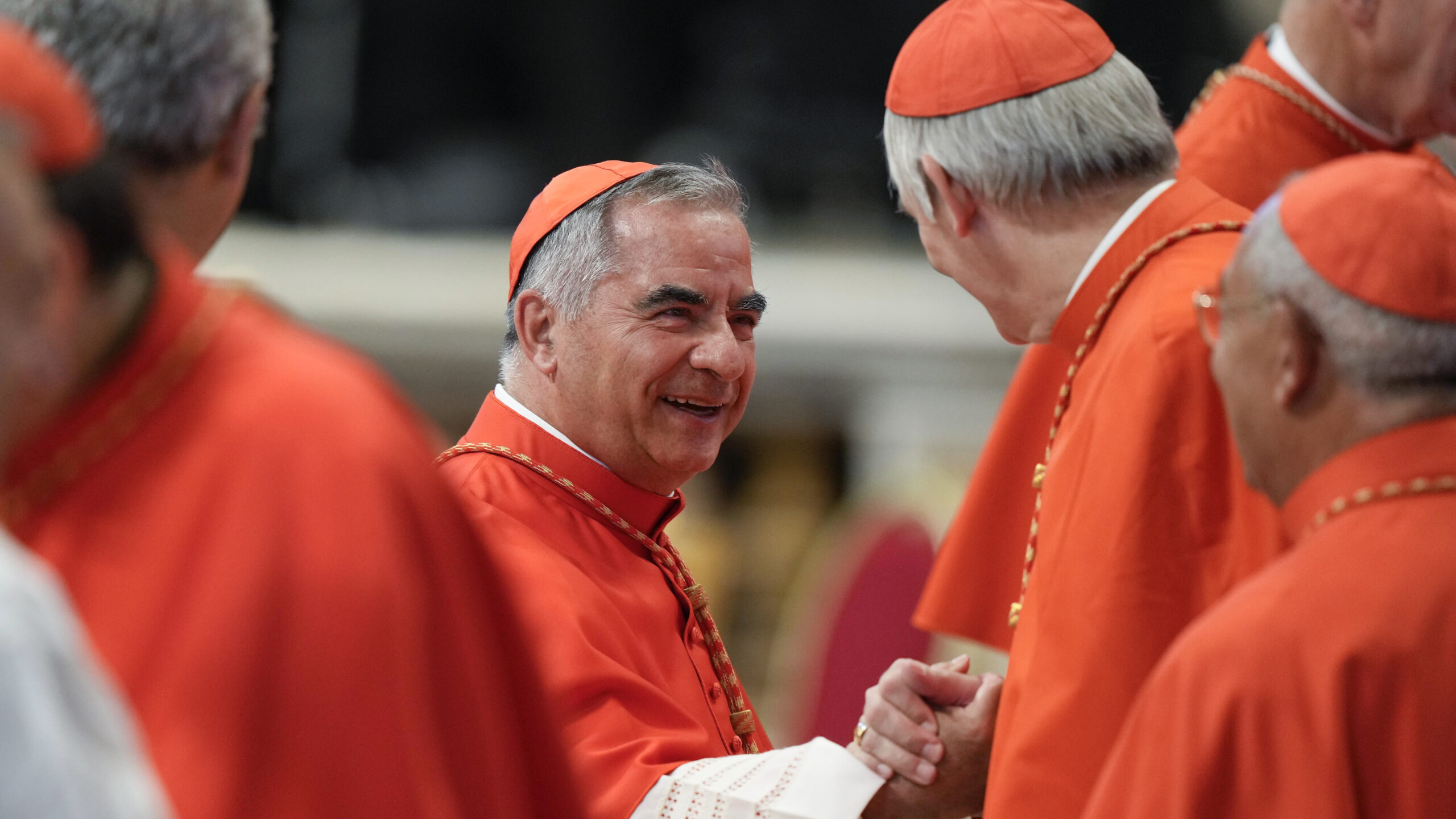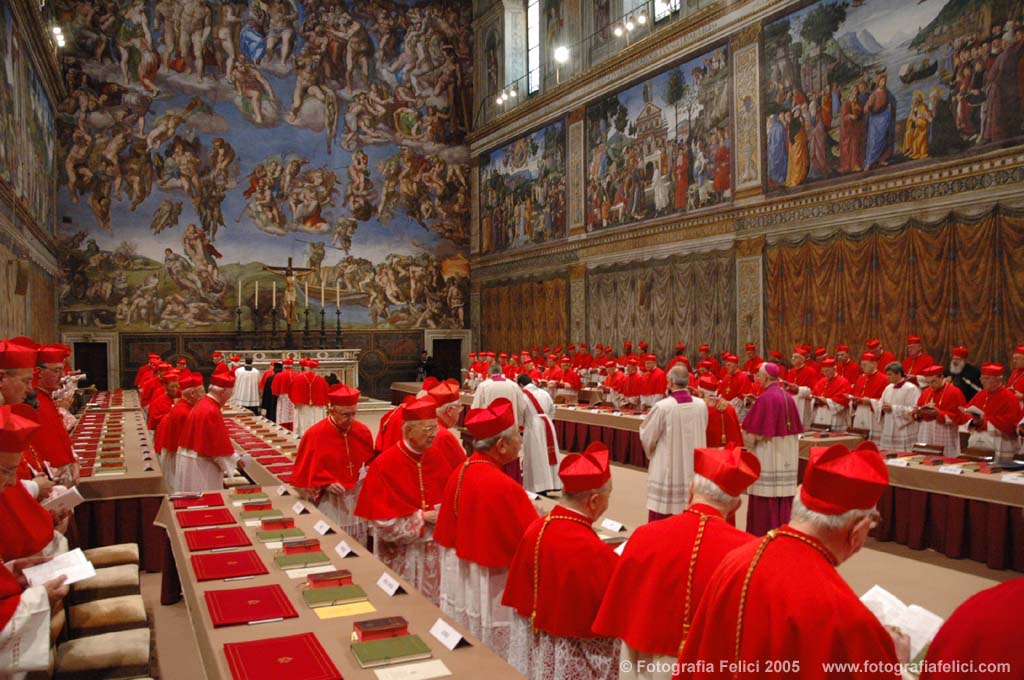Sanctuary Cities Under Scrutiny: Trump's New Executive Order

Table of Contents
What are Sanctuary Cities?
Sanctuary cities are municipalities that limit their cooperation with federal immigration authorities, specifically Immigration and Customs Enforcement (ICE). The core principle behind these policies is often rooted in the belief that everyone, regardless of immigration status, deserves access to essential services and protection from discriminatory practices. These policies vary significantly across different municipalities.
Examples of sanctuary city policies include:
- Refusing to hold individuals solely based on ICE detainer requests.
- Limiting the sharing of information about an individual's immigration status with ICE.
- Providing municipal IDs to undocumented immigrants.
The rationale behind sanctuary city designations rests on several key arguments:
- Human Rights: Proponents argue that these policies protect the human rights of all residents, regardless of immigration status, fostering trust and encouraging community engagement.
- Community Safety: Some research suggests that sanctuary city policies can enhance community safety by encouraging undocumented immigrants to report crimes without fear of deportation.
However, potential drawbacks include concerns about public safety and the potential strain on local resources. The debate around the effectiveness and consequences of sanctuary city policies remains a complex and contentious one.
Key Provisions of Trump's Executive Order on Sanctuary Cities
Trump's executive order aims to significantly curtail the activities of sanctuary cities by tying federal funding to compliance with certain immigration enforcement policies. Specific clauses within the order often focus on:
- Withholding federal grants to municipalities that refuse to cooperate fully with ICE detainer requests.
- Mandating the sharing of information regarding immigration status with federal authorities.
- Establishing stricter enforcement mechanisms to ensure compliance.
The legality of the order has been immediately challenged, with arguments centering on the balance of power between federal and local governments. Enforcement mechanisms outlined in the order face potential hurdles, including the lack of clear definitions of “sanctuary city” and the difficulties in proving non-compliance.
Potential consequences for non-compliant cities include:
- Loss of federal funding for various programs, potentially impacting essential services.
- Legal challenges and potential fines.
- Increased pressure from the federal government to change policies.
The impact on law enforcement and immigration procedures could be substantial, potentially leading to increased deportations and a chilling effect on community engagement with law enforcement.
Impact on Federal Funding
The executive order threatens to withhold a wide range of federal funding from sanctuary cities. This includes:
- Justice Assistance Grants (JAG)
- Community Development Block Grants (CDBG)
- Federal highway funding
The potential withdrawal of these funds could place a significant financial burden on sanctuary cities, forcing them to make difficult choices about which essential services to cut. However, some cities may explore alternative funding sources, such as state or private grants, but securing these alternatives may prove challenging. Examples of specific federal programs potentially affected are numerous and vary widely based on the city's existing funding streams.
Legal Challenges and Court Battles
Numerous lawsuits have been filed challenging the legality of Trump's executive order on sanctuary cities. Arguments from plaintiffs often focus on:
- Violation of the Tenth Amendment, which reserves certain powers to states and local governments.
- Unconstitutional conditions, suggesting that the federal government cannot attach conditions to the receipt of federal funds that violate constitutional rights.
Conversely, arguments from the defense often center on:
- The federal government's authority to set immigration enforcement standards.
- The need for cooperation between federal and local authorities to maintain national security.
The potential outcomes of these lawsuits could significantly impact the future of sanctuary city policies across the country. Key legal precedents and relevant case law regarding federalism and conditions on federal funding will play a significant role in shaping the courts' decisions. The impact on states' rights is a central theme in the ongoing debates.
Public Opinion and Political Fallout
Public opinion on sanctuary cities and the executive order is sharply divided along partisan lines. The political ramifications for both Democrats and Republicans are significant, with the issue becoming a key battleground in local and national elections. This debate has broader implications for immigration policy in the US, influencing discussions on border security, deportation policies, and the status of undocumented immigrants.
Different stakeholders hold varied perspectives:
- Supporters of sanctuary cities emphasize human rights and community well-being.
- Opponents raise concerns about national security and the rule of law.
- Law enforcement officials have varying stances, reflecting diverse perspectives within their agencies.
Media coverage plays a crucial role in shaping public perception of sanctuary cities, often framing the issue through partisan lenses, leading to varied interpretations of the facts and their significance.
Conclusion
Trump's executive order on sanctuary cities has sparked a major legal and political battle, raising crucial questions about federalism, immigration enforcement, and the rights of undocumented immigrants. The ongoing legal challenges are of paramount significance, with the potential to reshape the relationship between federal and local governments. The consequences for sanctuary cities, and the broader immigration debate, are far-reaching and will continue to unfold. Stay informed about the ongoing legal battles surrounding sanctuary cities and the evolving immigration policies to better understand the implications of this critical issue. Further research on the impact of the executive order on specific sanctuary cities will provide a more comprehensive understanding of the effects of this legislation on these communities. Continue to follow the debate surrounding sanctuary cities and their future.

Featured Posts
-
 Ftc Appeals Microsoft Activision Merger Ruling
Apr 29, 2025
Ftc Appeals Microsoft Activision Merger Ruling
Apr 29, 2025 -
 Yukon Politicians Cite Contempt Over Mine Managers Evasive Answers
Apr 29, 2025
Yukon Politicians Cite Contempt Over Mine Managers Evasive Answers
Apr 29, 2025 -
 Ftc Challenges Court Ruling On Microsoft Activision Merger
Apr 29, 2025
Ftc Challenges Court Ruling On Microsoft Activision Merger
Apr 29, 2025 -
 Stock Market Valuation Concerns Bof A Offers A Contrarian View
Apr 29, 2025
Stock Market Valuation Concerns Bof A Offers A Contrarian View
Apr 29, 2025 -
 La Garantia De Gol De Alberto Ardila Olivares Un Analisis
Apr 29, 2025
La Garantia De Gol De Alberto Ardila Olivares Un Analisis
Apr 29, 2025
Latest Posts
-
 Convicted Cardinal Fights For Conclave Voting Rights
Apr 29, 2025
Convicted Cardinal Fights For Conclave Voting Rights
Apr 29, 2025 -
 Cardinal Maintains Voting Eligibility Despite Conviction
Apr 29, 2025
Cardinal Maintains Voting Eligibility Despite Conviction
Apr 29, 2025 -
 Controversial Cardinal Fights For Conclave Inclusion
Apr 29, 2025
Controversial Cardinal Fights For Conclave Inclusion
Apr 29, 2025 -
 Convicted Cardinal Seeks Role In Next Papal Election
Apr 29, 2025
Convicted Cardinal Seeks Role In Next Papal Election
Apr 29, 2025 -
 Eligibility Of A Convicted Cardinal To Participate In The Papal Conclave
Apr 29, 2025
Eligibility Of A Convicted Cardinal To Participate In The Papal Conclave
Apr 29, 2025
